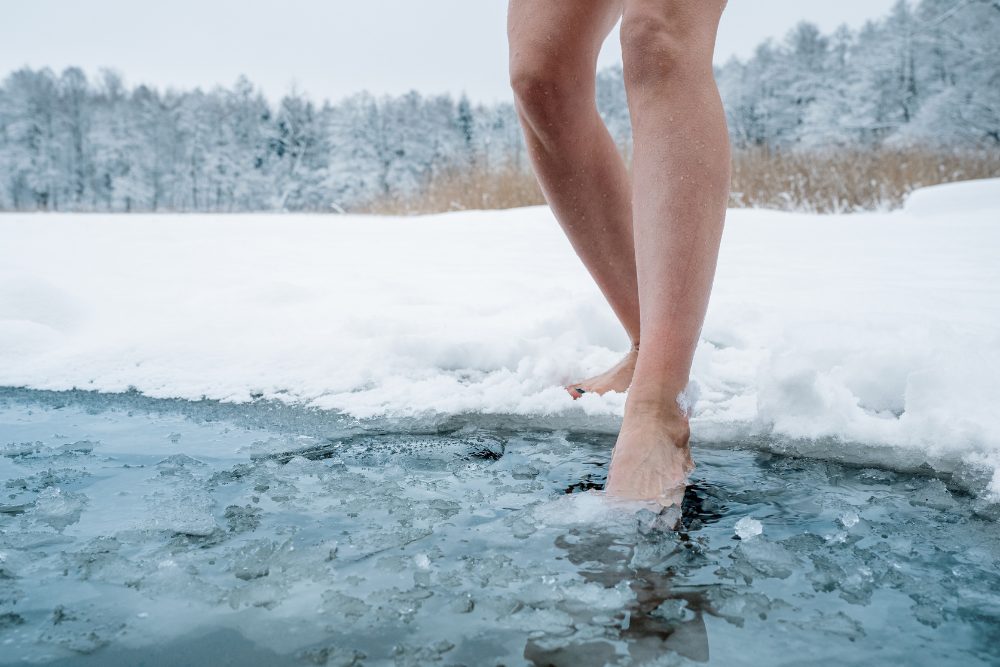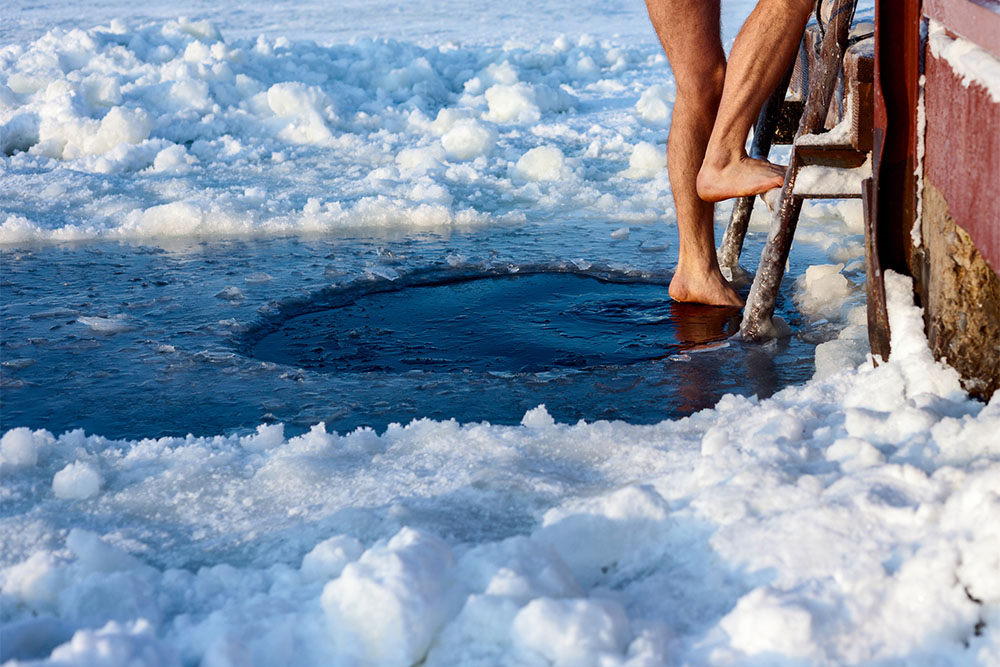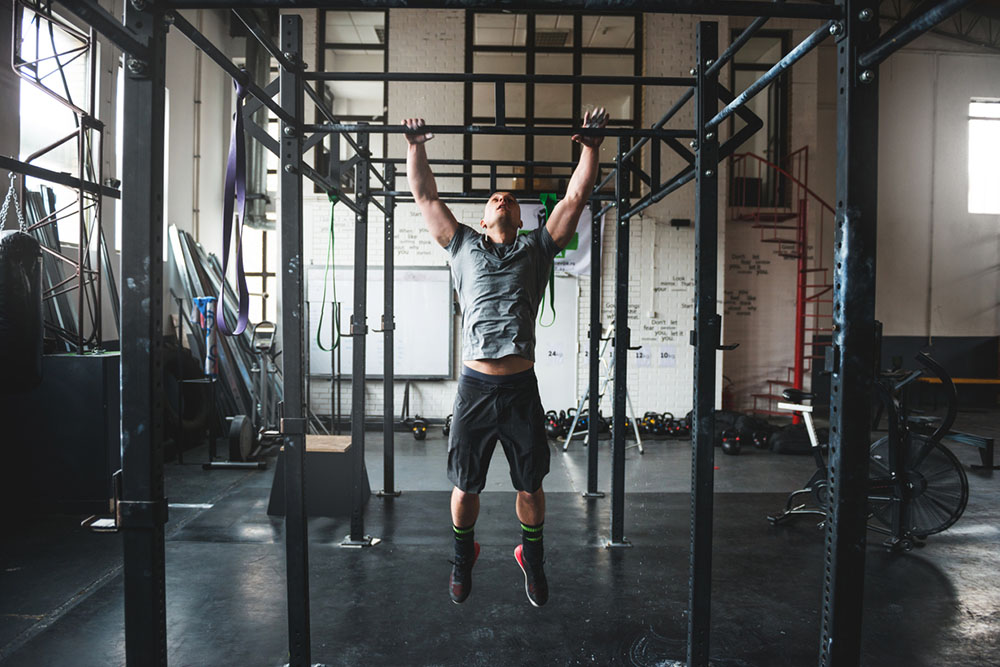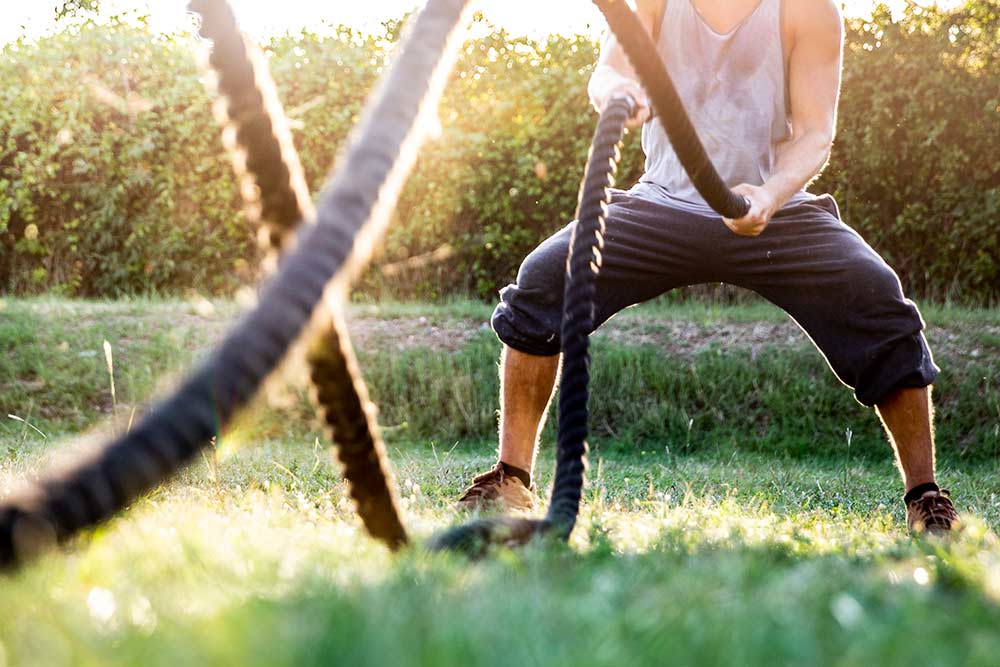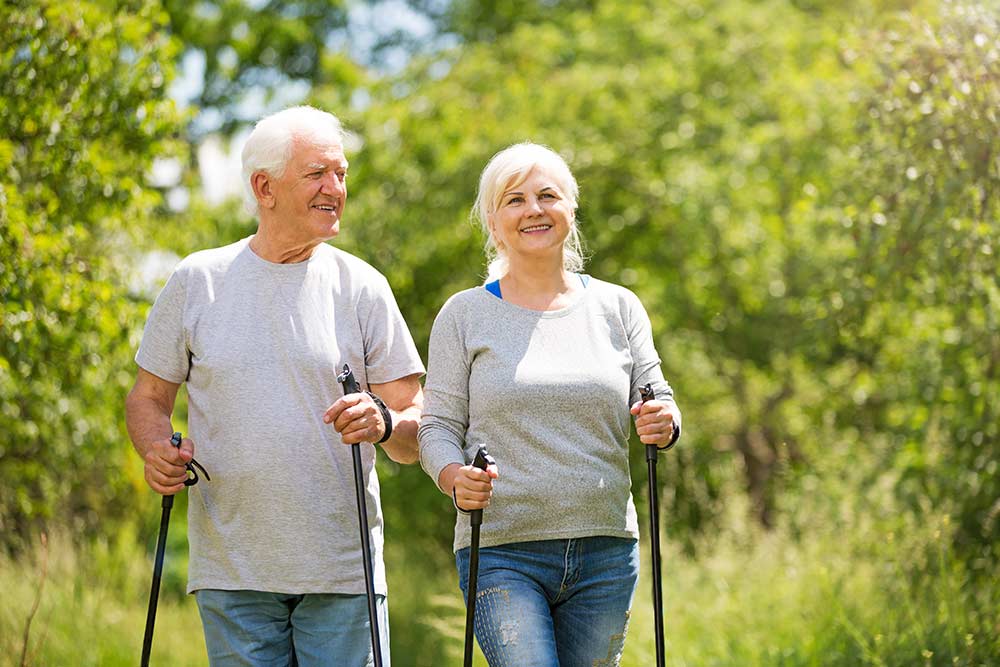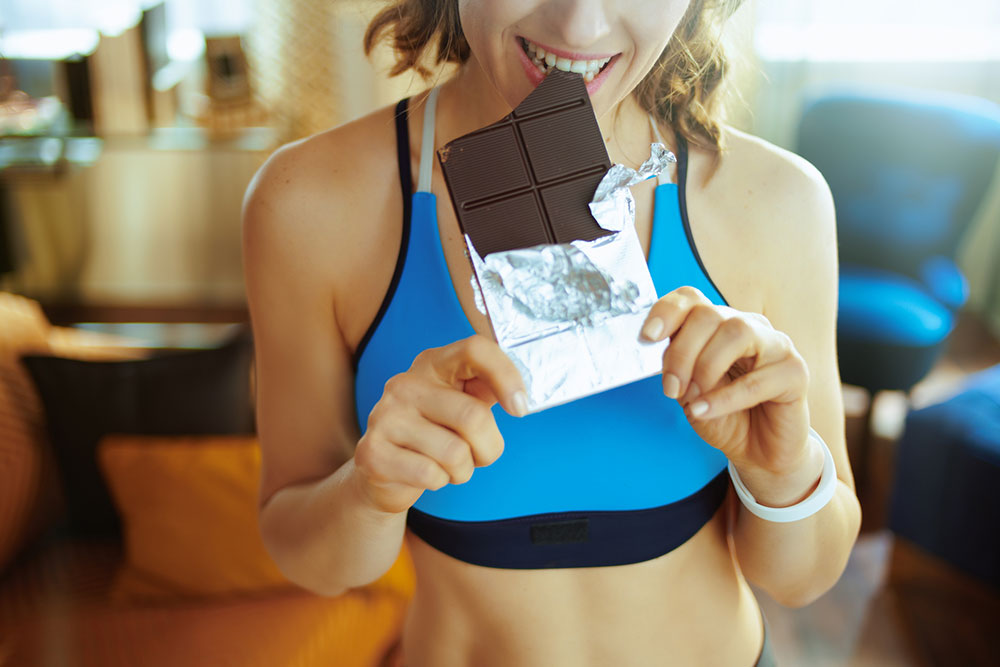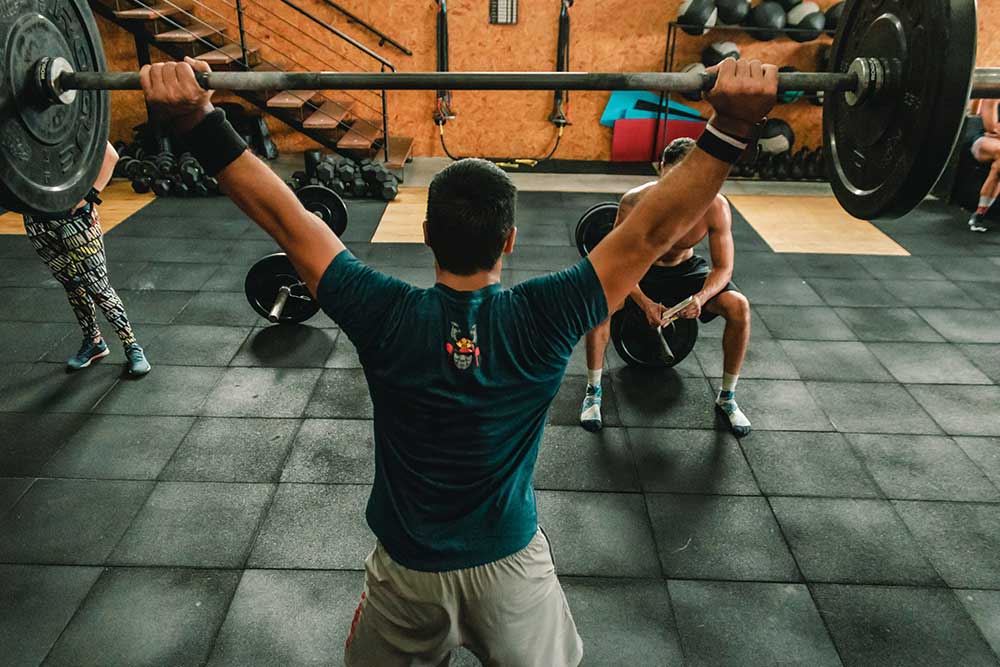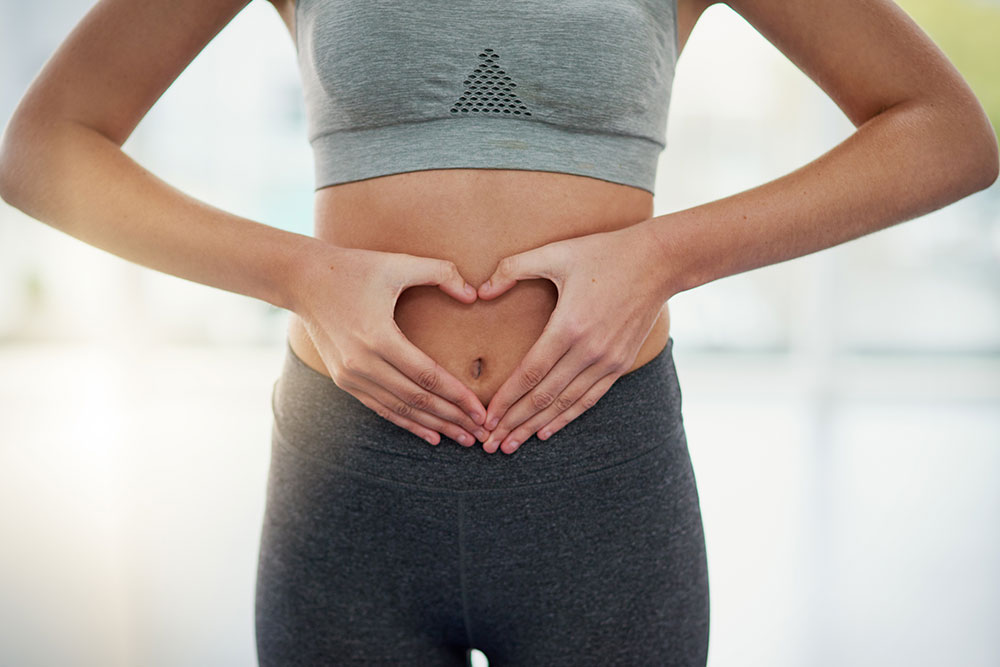Do We Really Need A Cool Down After Exercise?

Hunter Bennett
I can picture it now.
I finally manage to get to the end of a grueling training session, and I start preparing myself to settle down and do some light stretching, before immediately racing home to eat my bodyweight in food.
Then I hear the words: “Come on, get up – don’t forget to do your cool down” My head drops. We have all been there. Finishing up a solid training session only to be told that we need to do a cool down before we finish.
It is something that most of us would have taken as heresy – that without one, our injury risk will shoot through the roof, and our performance will decline.
But is this really the truth?
Is it important to cool down after exercise?
Also known as active recovery or warm down, a cool down essentially describes performing 5 to 10 minutes of low to moderate intensity physical activity after a training session has been completed (Tavares, 2017).
It is widely accepted that this type of active cooldown is more effective for promoting recovery after exercise than a passive cooldown, which doesn’t involve the physical activity of any nature.
Building on this notion in a little more detail, it is suggested that cooldown will promote both physiological and psychological recovery after exercise. As a result, it is thought to allow individuals to perform better in either subsequent training sessions or competition, while also lowering their risk of incurring an injury.
Which all sounds pretty good, right? But is this true? What are the benefits of cooling down after exercise (if they do exist)? A recent review has undertaken an in-depth look at the literature to see whether an active cool can genuinely improve recovery, and the results have been interesting, to say the least (Van Hooren, 2018).
First and foremost, a cooldown of this nature (compared to no cooldown at all) has been shown to facilitate the removal of metabolic by-products, such as lactate, from the muscle tissue after exercise.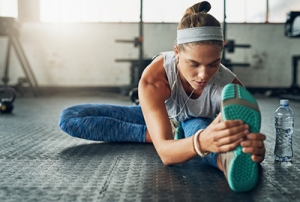
Through this interaction, an active cooldown does appear to improve an athlete’s ability to perform in competition on sequential days. And that’s almost where the benefits stop. This detailed review suggests that cooldown will not reduce markers of muscle damage, improve hormone recovery or muscle stiffness, promote enhanced muscle glycogen synthesis, or even reduce injury risk.
However (and arguably most importantly), it was discovered that an active recovery does have a very slight influence one of our largest indicators of recovery after exercise – delayed onset muscle soreness. In which it causes a small reduction – which is actually a good thing.
What is Delayed-Onset Muscle Soreness?
To put it simply, delayed onset muscle soreness (or DOMS, for short) is the pain and stiffness felt in the muscle tissue for the days after exercise. DOMS tend to be felt most intensely from 24 to 72 hours after the exercise has been completed.
DOMS does provide a very good indicator of post-exercise recovery, as its intensity directly inhibits both physical performance and psychological sensations of recovery.
I have no doubt that you are all familiar with this sensation in some manner – and positively, cooling own after exercise does appear to have a positive impact on this key measure of recovery. Although, the impact it has on recovery obviously isn’t as big as some might suggest…
Related Article: Ultimate Recovery Tool: Recoup Fitness Cold Roller
Are there alternative ways to cool down for muscle recovery?
Now, before you get worried that there is no way to significantly improve recovery after exercise, I should note that an active cooldown isn’t your only option.
In fact, there are a number of alternative post-exercise recovery modalities available to you that also appear to have some serious benefits for recovery when used appropriately.
Cold Therapy
For decades, different forms of cold therapy (also known as cryotherapy) such as cold-water immersion and ice packs, have been used for post-exercise recovery in a number of different settings.
Interestingly, this form of therapy (with emphasis on cold water immersion immediately after exercise) has been shown to cause significant reductions in DOMS, while also reducing how fatigued an individual perceived themselves to be – which also suggests some positive implications for psychological recovery.
As such, it appears to offer an excellent method of post-exercise recovery (Hohenauer, 2015).
Contrast Therapy
Contrast therapy is a frequently used recovery modality that consists of bathing alternately in warm and cold water in a repeated fashion.
This somewhat unique recovery method has been shown to cause a significant reduction in DOMS all the way up to 96 hours after exercise, while also reducing whole body inflammation and metabolic signs of muscle damage.
This is another positive recovery method that can be used after exercise (Dupuy, 2018).
Stretching and Foam Rolling
Additionally, we have both stretching and foam rolling.
Both of these recovery modalities are often used simultaneously after exercise to assist in the recovery of muscle tissue. While neither of these recovery methods has been shown to improve DOMS or measures of muscle damage, they do have the potential to reduce muscle stiffness and improve muscle range of motion, while also getting you feeling better
As a result, they appear to offer a beneficial mode of recovery when it comes to reducing injury risk – although I should note that they are unlikely to improve next day performance (Van Hooren, 2018).
Compression Garments
Last but not least, we have compression garments.
While worn by many during exercise, there is actually evidence to support the use of these items of clothing after the exercise has been completed.
In fact, wearing limb compression garments for up to two hours immediately after completing a training session has been shown to improve lactate clearance, reduce DOMS slightly, and improve feelings of recovery.
It is important to note that this method of recovery doesn’t appear quite as potent as cold therapy or contrast therapy, however it seems to be a good alternative if neither of these is available (Marqués-Jiménez, 2016).
Does the activity make a difference in whether you need a cooldown?
This question is one that comes up quite often, and while there is some reason to suggest that certain cooldowns will indeed work better in different circumstances, the effect is only slight.
Sport-specific cooldowns?
Some of the most common modes of exercise that often require an appropriate method of recovery are running (and other aerobic exercises, for that matter), High-Intensity Interval Training, and weight training.
And as you might have guessed, the optimal method of cooling down for each of these is slightly different.
Running Cool Down
Forms of aerobic exercise like running place huge demand on the cardiovascular system, which is why they are often performed with the intent to build aerobic capacity. Interestingly, the more frequently you can perform these sorts of activities, the better the results tend to be.
As a result, those modes of recovery that aim to predominantly improve the function of your muscle tissue are your best bet, as this will allow you to train more regularly. Cold therapy and contrast therapy are two great choices here, as they reduce muscle damage and improve DOMS significantly, thus allowing you to train more often.
Related Article: Active vs Passive Rest For HIIT Recovery
Weight Lifting Cool Down
On the other end of the spectrum, we have weightlifting.
The route we want to take here is significantly different to aerobic forms of exercise like running, because while we want to make ourselves feel better after exercise – we don’t actually want to elicit too many changes in the muscle tissue.
You see, after weight training, we experience muscle damage and associated inflammation. While often considered a negative, this is actually what tells the body that it needs to build itself up stronger than before.
In this manner, it is essential to the development of new muscle tissue and associated improvements in muscle strength.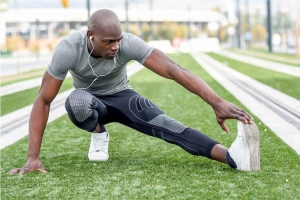
With this in mind, a light active cool down followed by some stretching and foam rolling appears to be your best options here, as while it won’t impact the muscle tissue, it will get you feeling better.
HIIT Cool Down
Last but not least we have HIIT.
This is an interesting one, as HIIT is similar to running in that it has a large aerobic component, but also places a much larger demand on the muscle tissue. Taking this into consideration, we want to use a method of recovery that gets us feeling better, and reduces DOMS. As such, I would suggest that a combination of an active cool down and compression garments is a great option.
Do cooldowns provide relaxation?
Now, although there are indeed many physical benefits associated with performing a cool down in some capacity, there are also some psychological benefits of cooling down after exercise (Crowther, 2017).
People who perform an active cool down after an intense training session tend to perceive their recovery to be much better than if they did no cool down at all. Additionally, a good cool down can improve feelings of relaxation, and in team sports environments, provide an extra opportunity for social interactions.
All of which not only makes them feel better from a psychological perspective but also leads to the suggestion that cooling down is important for mental recovery after exercise – which many would argue is just as important as the physical aspects we have discussed above.
Take Home Message
Cooling down after exercise may not be quite as important as once thought. There is a reason to suggest that it can have some positive effects on both physical and mental aspects of recovery and that these effects are greater when combined with other specific recovery modalities.
This does truly demonstrate the importance of stretching, foam rolling, using compression, contrast therapy, and applying cold therapy (albeit in the right situations).
So take the time to maximize your recovery, and trust me when I say your body will thank you for it!
References
Tavares, Francisco, et al. “The usage and perceived effectiveness of different recovery modalities in amateur and elite Rugby athletes.” Performance Enhancement & Health 5.4 (2017): 142-146.
Van Hooren, Bas, and Jonathan M. Peake. “Do we need a cool-down after exercise? A narrative review of the psychophysiological effects and the effects on performance, injuries and the long-term adaptive response.” Sports Medicine (2018): 1-21.
Hohenauer, Erich, et al. “The effect of post-exercise cryotherapy on recovery characteristics: a systematic review and meta-analysis.” PLoS one 10.9 (2015): e0139028.
Dupuy, Olivier, et al. “An evidence-based approach for choosing post-exercise recovery techniques to reduce markers of muscle damage, soreness, fatigue and inflammation: a systematic review with meta-analysis.” Frontiers in physiology 9 (2018): 403.
Marqués-Jiménez, Diego, et al. “Are compression garments effective for the recovery of exercise-induced muscle damage? A systematic review with meta-analysis.” Physiology & behavior 153 (2016): 133-148.
Crowther, Fiona, et al. “Team sport athletes’ perceptions and use of recovery strategies: a mixed-methods survey study.” BMC Sports Science, Medicine and Rehabilitation 9.1 (2017): 6.
You Might Like:

